According to You: 7 unsung automotive heroes
Last’s week’s question generated some fantastic answers, as they are so many underrated and unsung heroes of the automobile. While the likes of Henry Ford and Carroll Shelby have earned a rightful place in our hearts, we need to make room for more heroes. Why not open up for these seven suggestions, offered to us by the Hagerty Community?
Henry Leland

The immensely talented Bob Elton started us off with one of the more overlooked automotive heroes. Community member @Roger also chimed with his approval, because this was indeed a “great nomination.”
“Henry Leland is the greatest unknown auto pioneer. He created precision manufacturing, which allowed interchangeable parts, which in turn allows wrenchers like us to swap in new parts for rears. His relocation to Detroit made it the Motor City. He inspired lots of other auto pioneers, like the Dodge Brothers, and Henry Ford’s feud with Leland shaped Detroit, Michigan, and lots of modern America.
Along the way, he created Cadillac, and then later Lincoln. Yet no one knows of him, partly because he never named a car after himself, and never had a Detroit landmark named after him.”
Roy Lunn
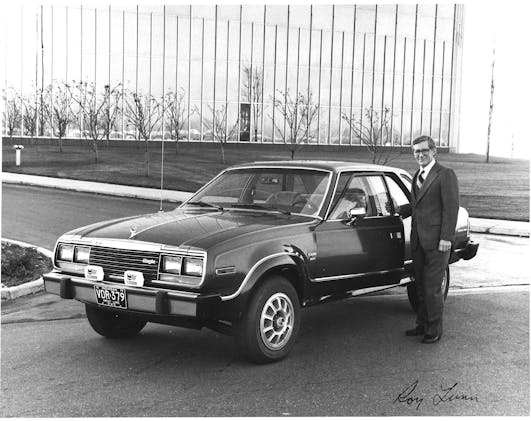
Hagerty’s own Ronnie Schreiber recommended a man with a portfolio of accomplishments that are the envy of the automotive world. Clearly, Mr. Lunn earned his nomination to this list.
“Roy Lunn: He was responsible for the Aston Martin DB2, the original Ford Anglia, and the mid-engine Mustang I concept. He was in charge of the Ford GT40 program, and then moved to AMC where here engineered the most durable American car ever: the Jeep Cherokee. From there he invented the crossover with production of the AMC Eagle 4×4, and he also designed the Renault Sports Racer for the SCCA’s first spec racing series.”
Charles Kettering
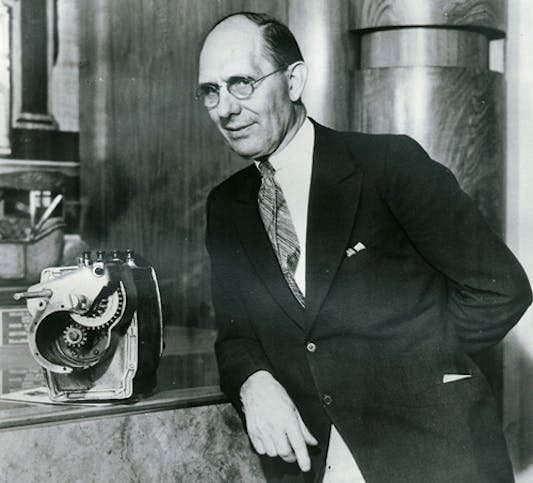
To say Kettering is under-represented in our automotive society is an understatement. It wasn’t until 1998 that he got his name on the university he inspired (for lack of a better word), so @hyperv6’s recommendation was very appropriate:
“Charles Kettering was a inventor on the scale of Edison but his products where less well known to the consumer directly. His best was the electric starter. Also he created Freon for AC and refrigerators, and created better paints for the Dupont company when they were combined with GM. This led to a large number of colors being offered. All Ford model T cars were generally painted black as it was cheap and easy. Kettering made it so colors were cheap and easy to apply.
- The Two Stroke Diesel was advanced under his work. This advanced trucks, trains, and large construction equipment. He invented the Incubator for premature babies and a host of lighting and electrical equipment
- Leaded gas that created higher compressions so we could have more powerful and efficient engines.
- He even created the first cruise missile with the Doddle Bug. It was a flying radio controlled flying bomb.
- He worked in the early stages of solar energy and magnetic applications for diagnostic medicine.
- He even created generators for farms and storage battery systems for farms far from a power grid.
- The Slone Kettering Cancer Center also was a legacy. The GM engineering school is the Kettering institute.
Just imagine the things he created and just how they contributed to the automotive field and the building of GM into a large corporation. [Without Kettering,] there would be no Fridigare, Delco, and many other things. Much of America was built with GM technology and products and many of them were due to Charles. Even here in Ohio just an hour where he was from he is often a forgotten unsung hero.”
Eddie Rickenbacker

We received another great recommendation from @hyperv6:
“I’ll another Ohioan to the list, but he only played part of his life as a Auto magnate: Eddie Rickenbacker. He was an early automotive mechanic at the dawn of the automobile. Then a motorcycle racer, early auto engineer, auto racer, Flying War Ace, owner of the Indianapolis Motor Speedway. He even created Eastern Airlines.
Eddie was a spy for America on Russia, survived an airline crash and B17 crash at sea, and was lost for nearly 3 weeks. He created Rickenbacker cars and was a VP for GM for a number of years. His life could not be shown in two hours and would take a mini series to really tell his whole story.”
Sir Alec Issigonis

Hagerty Community member @rob recommended someone that isn’t necessarily a household name in America, though he probably should be.
“Sir Alec Issigonis, the designer of the Mini and Morris Minor. He also designed the suspension in the late 30s that Morris Motors, MG, etc used until 1980. Truly a brilliant designer, and was also credited with the quote, ‘a camel is a horse designed by committee’.”
Walter P Chrysler
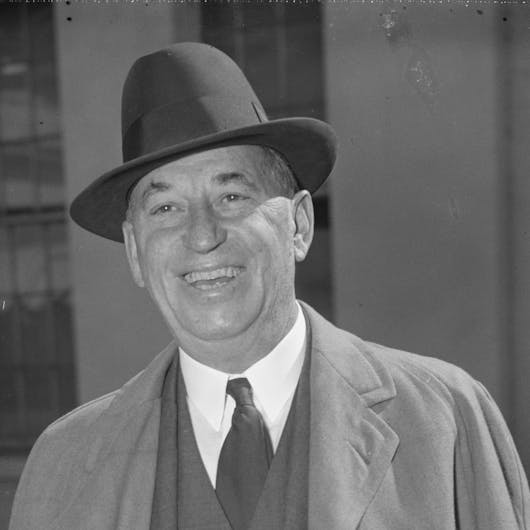
@Mike brought up many good points about the founder of the Chrysler corporation, especially compared to the folk hero status of his contemporary, Henry Ford.
“Compared with Henry Ford, Walter P. Chrysler is unsung. Ford may’ve produced affordable wheels, but Chrysler produced affordable engineering. Since few here gathered apparently read anything indepth, judging by the spelling and awkward prose, suggest starting with the Wikipedia entry on Walter Chrysler.
Despite only a high school education, like 10th-grade dropout Errett Lobban Cord who funded a classical music station simply because he thought Los Angeles should have one, Chrysler endowed symphonies and art galleries because he realized human invention and intellect [should not be] not compartmentalized.
While GM’s and Ford’s bloody opposition to the UAW were national disgraces, Chrysler tried psychological ploys like electric signs along the walls in the workers’ cafeteria—where he always ate lunch—displaying the results of national ballgames, but seeing the inevitable and always considering himself first a “workingman,” quietly accepted the union, as did Hudson, Nash, Packard and the others.
Perhaps it’s not surprising that to many of us ex-NYers, the Chrysler Building is still Manhattan’s most beautiful spire. For years, the tools Chrysler used to set steam locomotive valves, which is how he started and made a name for himself, were on display in the Chrysler Building’s lobby. There were no stronger, better built cars in the ’30s than Chrysler and DeSoto Airflows, regardless their unpopular style.
BTW, you could buy five arguably lovelier 1931–33 Chrysler Imperials for the price of a Model J Duesenberg, the latter taking several iterations and nine years to find 480 buyers, obsolete two years after its introduction. Regardless how many casino and pizza chain owners [or] TV comedians own them, anyone thinking a Model J is five times better than a 1931–33 Chrysler Imperial needs to take a careful look at, if not drive, both. Most Js in road trim only go 10 mph faster, [and have] a long timing chain [prone to] stretching at high rpm upsetting valve timing, front end vibration typical of most long wheelbase cars when cart springing about at the end of its tether. DOHC and a cuckoo clock box of timing gears flashing lights to remind the driver it was time to change oil, check battery water, and that the Bijur chassis oiling system used in many premium cars in operation do not make a car worth five (5) times more. Other than some Hollywooders, playboys/playgirls, scions of industrial wealth, most buyers quickly grasped this.
Ford V-8s were spunky and fast, Chevy sixes smooth, but a Plymouth had full pressure oiling, hydraulic brakes and those of the early ’30s were exceptionally pretty rides. But if sheer affordable speed [is what you] wanted, a ’33 Terraplane Eight would run away from them and most anything else on the road then.”
Ed Cole
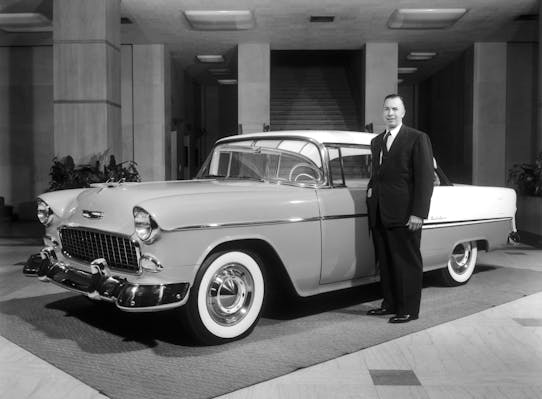
@Tim reminded us that although General Motors fostered a lot of fantastic talent, one of them was a key player in making many of the Chevrolets we know and love:
“Ed Cole. His work with Cadillac, then Chevrolet, was outstanding. The small block Chevrolet V-8 was his baby!”
Clearly, these choices aren’t the only unsung heroes of the automobile, but they are a great jump start to the conversation. So please, tell us below, what unsung automotive heroes need more recognition?
***
Check out the Hagerty Media homepage so you don’t miss a single story, or better yet, bookmark it. To get our best stories delivered right to your inbox, subscribe to our newsletters.

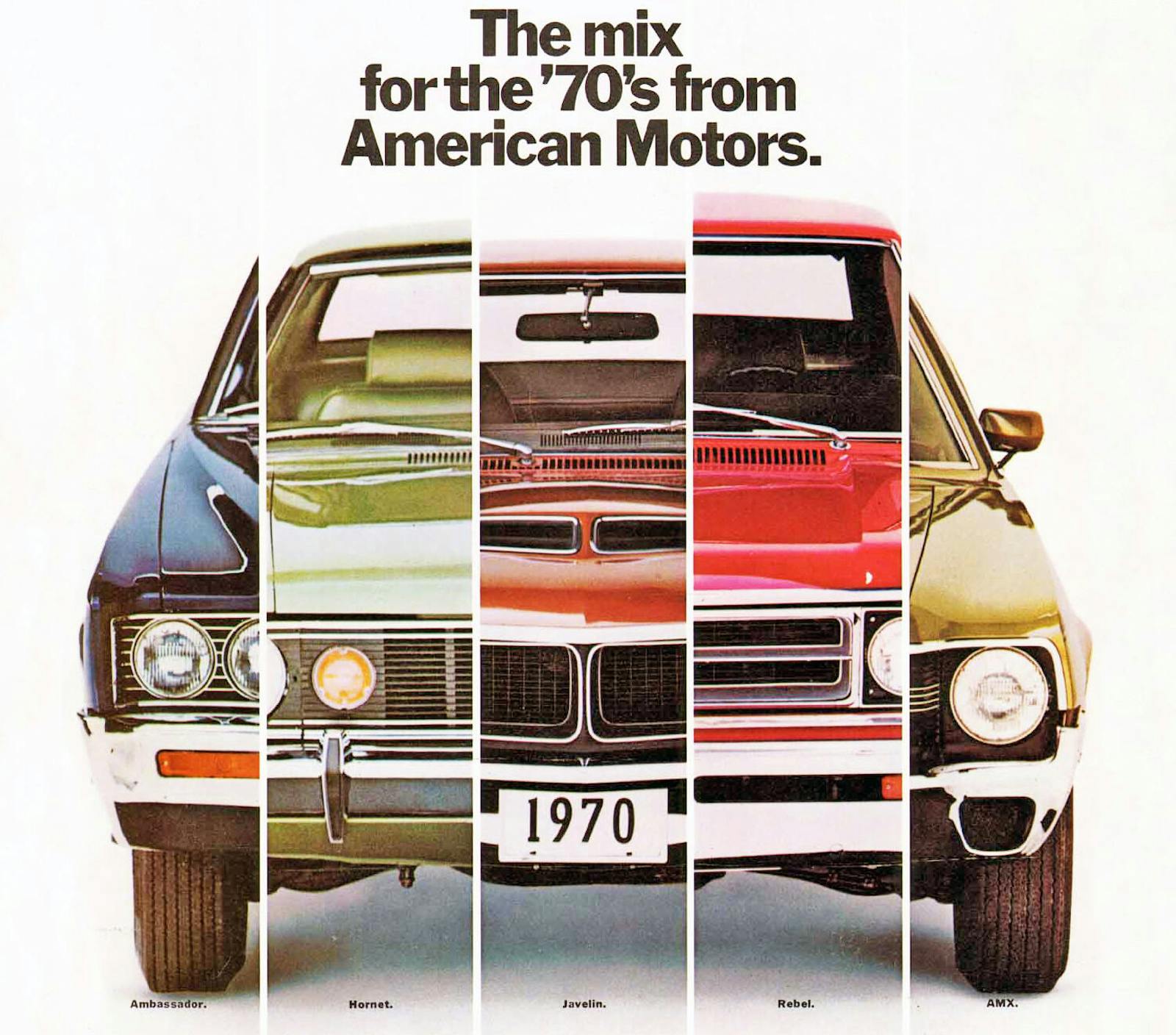
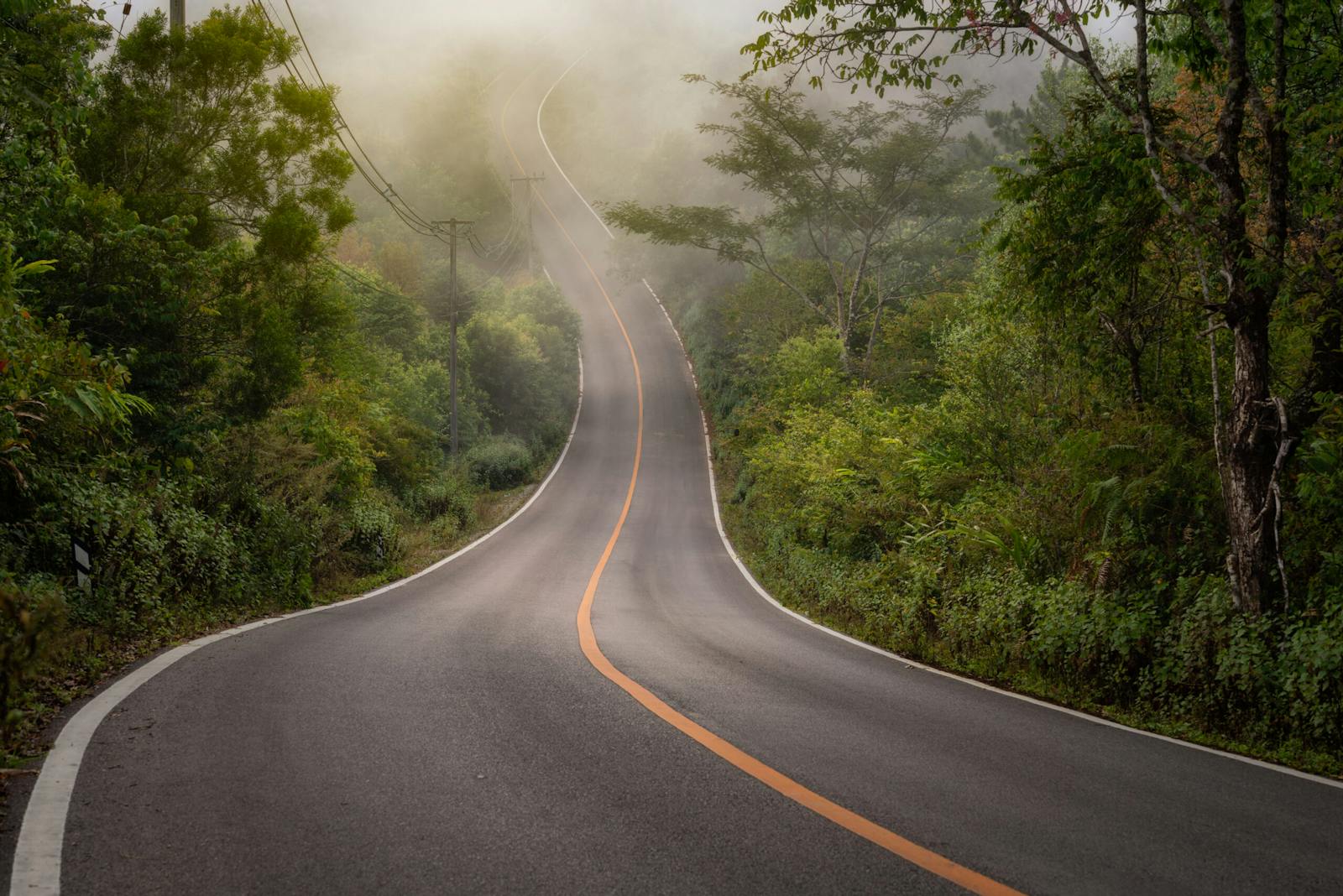
Should include HFS Morgan and his son Peter
Raymond Loewy! Look him up on wikipedia. Not only the Studebaker Avanti, but also GG1 locomotive, coke bottle etc etc.
Loewy took full credit for the work of all his designers, Bob Bourke and Virgil Exner among them.
What about Transmissions? Automatics are amazing. Who are the unsung hero’s around tranny’s?
Saying Kettering CREATED Freon is a stretch.. (from Wiki): In the late 1920s, air conditioning and refrigeration systems employed compounds such as ammonia (NH3), chloromethane (CH3Cl), propane, methyl formate (C2H4O2), and sulfur dioxide (SO2) as refrigerants. Though effective, these were toxic, flammable or explosive. The Frigidaire division of General Motors, at that time a leading manufacturer of such systems, sought a non-toxic, non-flammable alternative to these refrigerants.[15]
Thomas Midgley, working with Albert Leon Henne, soon narrowed his focus to alkyl halides (the combination of carbon chains and halogens), which were known to be highly volatile (a requirement for a refrigerant) and also chemically inert. They eventually settled on the concept of incorporating fluorine into a hydrocarbon. They rejected the assumption that such compounds would be toxic, believing that the stability of the carbon–fluorine bond would be sufficient to prevent the release of hydrogen fluoride or other potential breakdown products.[15] The team eventually synthesized dichlorodifluoromethane,[16] the first chlorofluorocarbon (CFC), which they named “Freon”.[15][17] This compound is more commonly referred to today as “Freon 12”, or “R12”.[18]
Charles Kettering worked as an engineer at National Cash Register. He developed an electric motor with an integrated clutch mechanism to run the “hand cranked” registers. That experience translated later into the Cadillac electric starter. That’s why a suburb of Dayton, Ohio is named Kettering. Delco means Dayton Engineering Labs.
Jim, Jer was providing something sorely lacking among these comments: P e r s p e c t i v e. “Boss Kett” personified innovation, but we thought the title of this listicle included the adjective “unsung.”
Adding machine companies spawned several auto industry principals. From 1912 through the ’40s, Packard’s chief engineer was ex-Burroughs Corporation, ex-Hudson “Col.” Jesse Vincent.
Packard’s GM in 1912, then president through 1939, chairman ’til 1948, Alvan Macauley, was also a Burroughs alumnus. Macauley was on the cover of TIME July 22nd, 1929. It bespeaks reams that after Macauley retired as Packard’s chairman in April 1948, that position remained vacant until Packard’s demise. Macauley was long president of the American Automobile Manufacturers Association, including through WWII, 18 years president of the National Automobile Chamber of Commerce, as well as in the Automotive Hall of Fame.
A 1982 SAE poll –if we’re having a serious listicle — of the 30 most influential automobile men in history included Jesse Vincent.
Most of us spell it Sloan Kettering.
Zora Duntov
Max Hoffman
Yutaka Katayama (1909-2015), known as “Mr. K,” grew Nissan’s US Datsun operations, product line and dealer network from meager beginnings in the early ’60’s into a formidable nationwide automotive presence by the mid 1970’s. Through humility, infectious optimism – and above all, dogged persistence – he devoted himself to pursuing a deep understanding of American consumer needs and lifestyles, listening intently to prospective customers and dealers, often challenging the staid and conservative Nissan corporate hierarchy of the times at his own peril. His advocacy and persistence inspired the development of the affordable, practical and fun-to-drive 1968-1973 Datsun 510 OHC compact sedan, but he’s most widely known as “the father of the Datsun 240Z” (famously ordering the removal of the original “Fairlady Z” model badges from the initial 800 car shipment from Japan in the fall of 1969 at the port of Long Beach, in defiance Nissan’s corporate leadership, and replacing them with the “240-Z” badges – the vehicle’s internal development codename that was vastly preferred by his budding U.S. Datsun dealer network).
The Datsun Z-series soon became the best selling 2-seater sports of its day, with roomy hatchback storage, an ergonomic interior layout that could accommodate 6 footers, tight handling and snappy performance – paired with Japanese reliability and decent fuel economy. In hindsight of course, the concept seems so obvious in its logic. Yet he “got it” before others could see it – because he discerned opportunities in the market and he listened – and made it a reality. The first to admit he was not an engineer, he loved cars and he loved the experience of driving – and understood intuitively, viscerally that many Americans shared that love. Mr. K also saw that Datsun’s inexpensive but reliable compact pickup trucks were increasingly being used as commuter vehicles by two-car suburban households, and that the designs and options needed to meet the needs of both small farmers & and “blue collar” folks but also American “white-collar” highway commuters.
True visionaries not only see what others – in the moment – cannot, they also dream beyond the confines of present reality, then must summon the fortitude to inspire and lead with both the evidence, and the courage, of their convictions when the “conventional wisdom” may dictate otherwise. Mr. K, a family man who took great pride and pleasure inviting his US headquarters employees, suppliers (and nearby dealers) in California (with their families and children) to his annual “Kite Flying Day” outing and picnic – sharing and celebrating one childhood tradition of his native culture with his American “family” – also embraced and honored the notion of the American Dream in his work ethic. His inclusive style has more recently become popularized as “servant leadership”. His story is well known among aficionados, and while perhaps not “unsung”, his record of accomplishment and innovation, his willingness to risk career and reputation and his personal integrity and humility certainly qualifies in my book as “heroic”. That he survived to the age of 105, his unselfish devotion to family, to professional colleagues and automotive devotees well-documented, only confirms that his was truly a “life well lived”!
Raoul, t e r r i f i c addition, if we’re buying the premise of yet another Hagerty cheapskate listicle. Thanks.
Raymond Loewy. One of the greatest designers across multiple industries in the mid 20th century. His designs kept Studebaker in business through the 1950’s and into the 60’s. His Avanti still inspires motorheads to resurrect the brand.
The Avanti was former stepdown Hudson designer Bob Bourke’s design. Loewy took full credit for all his designers’ work, among them Bourke and Virgil Exner.
Don’t forget Alexander Doble. The engineering and ability of his steam cars were hard to believe then and now. He is also given credit for the invention of the fuel oil atomizer.
Read up on John Wilkerson, remarkable chief engineer for air cooled Franklin Aotomobile.
André Citroën. Super innovative – front wheel drive, mono coque …
Dante Giacosa — the FIAT engineer and designer of the prewar 500, postwar Nuovo 500 (“Topolino”), 600, Cisitalia sports car, and much more.
Mothers and Fathers everywhere who take their children to summer camp, minor hockey games, gymnastics, Boy Scouts and girl guides, etc. Where would we be without them and the cars they drove throughput our childhoods?
No mention of Sir Milton Kanootter, engineer and inventor of the Kanooter Valve. Where the heck would we be without it today?